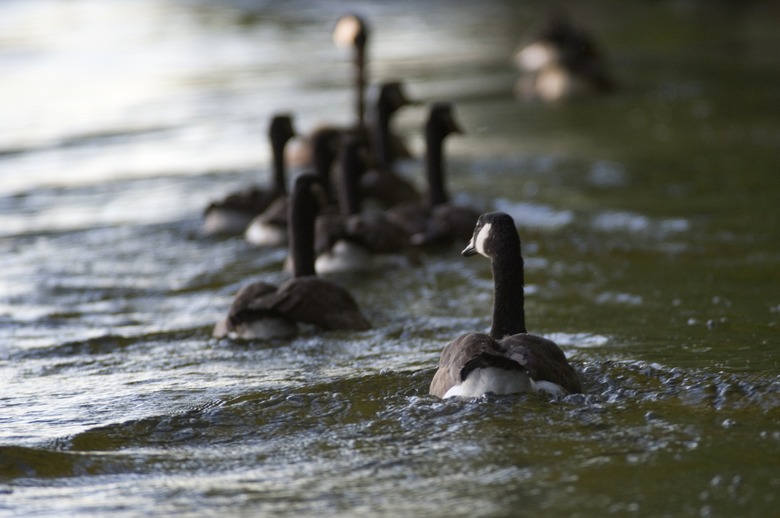Physical Address
Suite 5, 181 High Street,
Willoughby North NSW 2068
Physical Address
Suite 5, 181 High Street,
Willoughby North NSW 2068

Life in the taiga is not easy. The taiga is the second-coldest land biome on Earth, after the frozen and treeless tundra. However, despite the region’s extreme temperatures and heavy snowfall, many animals have adapted to survive and thrive in the environment of the taiga.
Animals survive the harsh climate of the taiga through behavioral adaptations like migration and hibernation, as well as physical features like seasonal coats and insulated feet.
Winter in the taiga is harsh. Temperatures drop drastically, and heavy snowfall is common. Because of this, many of the taiga’s birds migrate to avoid the poor conditions of the winter months. In migration, these birds will fly south to warmer climates to find food and shelter. For example, the Canada Goose spends summers in its breeding grounds, the taiga of northern Canada. However, during the winter, the geese may fly as far south as Texas and Florida. Birds are not the only animals that migrate. Caribou, which spend summers on the taiga’s northern border with the tundra, migrate farther south in the taiga to find their winter food source — lichens.
The environment of the taiga changes dramatically between the summer and winter months. In summer, the forest floor is covered in dead plant matter, while in winter, snow covers the landscape. Some mammals have adapted to be camouflaged in both seasons. The snowshoe hare has brown fur during the summer months, which allows it to blend into dirt and evade the eyes of predators. However, during winter, the hare grows white fur that allows it to blend in with a snow bank. The ermine, a small predator related to the weasel, uses a similar strategy. Its summer coat is dark brown, while in winter it is entirely white, except for a black tuft on the end of its tail.
Migration is not the only strategy that animals use to survive winter in the taiga. Instead of braving the poor climate, some mammals sleep out the winter instead, in a behavior called hibernation. Bears, and some rodents such as chipmunks and squirrels, dig dens or burrows as winter approaches. During the winter months, these mammals retreat to their dens and go to sleep. Their heart rate, metabolism and breathing slow, allowing them to endure the cold without additional food. Depending on the region, animals can hibernate for months at a time– bears in Alaska may hibernate as much as half of the year.
The taiga is frequently covered in snow. To move quickly and effectively through snow, some animals’ feet have evolved for better traction and footing. The caribou has large hooves, with two extended toes called “dew claws.” The increased size of the caribou’s feet allows them a stable foundation on which to walk. In addition, the pads on the caribou’s feet turn hard during winter so less skin is exposed to the cold snow. Similarly, wolves have large, fleshy pads on their feet for stability, and their claws allow them to grip and stabilize their footing on snow, granting additional traction.